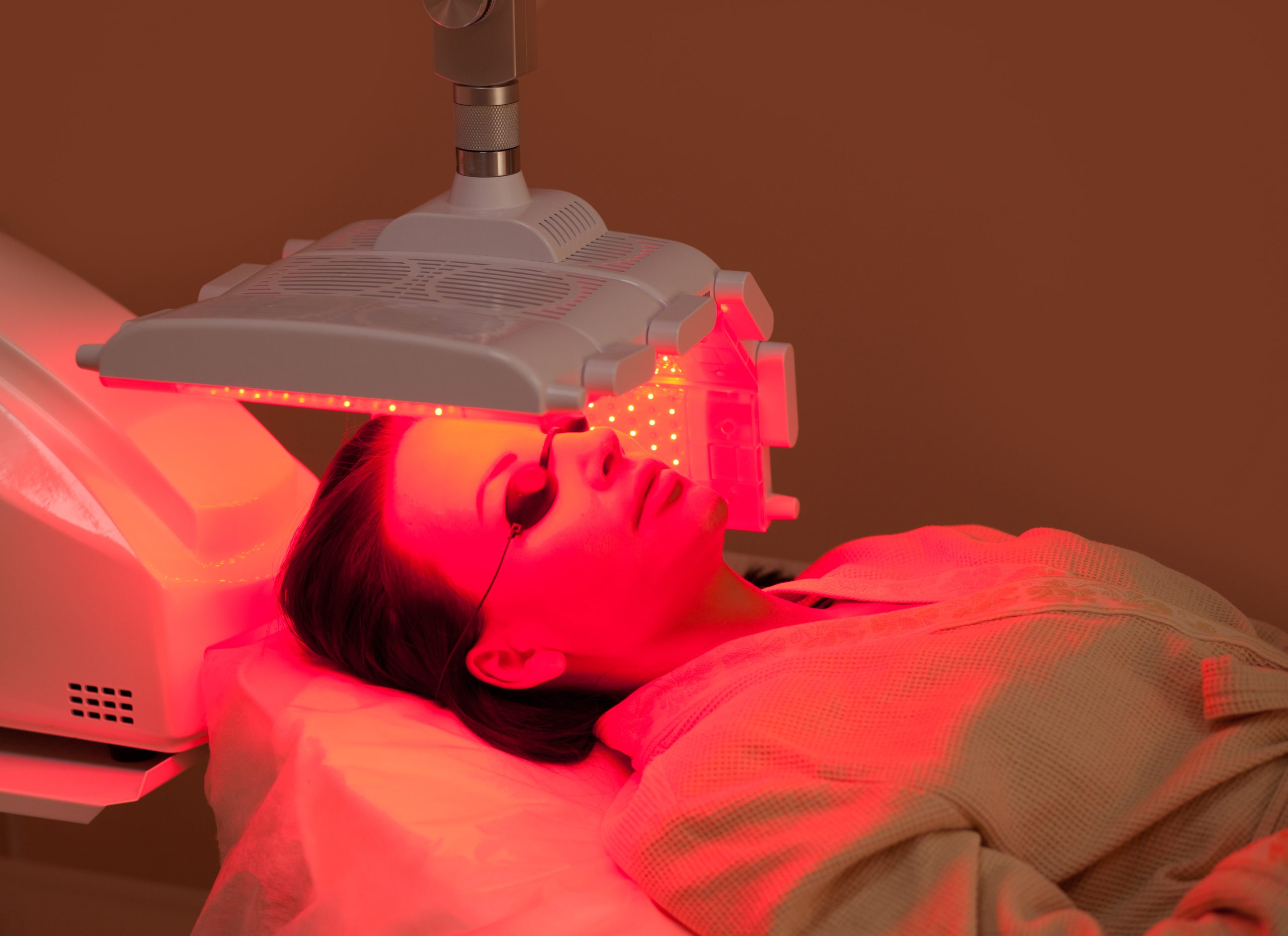In HEALTH AND SKINCARE / SOMATOLOGY, innovations continue to redefine the way we care for our skin. Light Emitting Diode (LED) therapy has emerged as a non-invasive and versatile treatment that harnesses the power of different light wavelengths to address various skin concerns. This blog explores the intricacies of LED therapy, delving into the benefits of different colours and how each wavelength contributes to achieving radiant and healthy skin.

Understanding LED Therapy:
LED therapy, also known as phototherapy, involves the use of specific wavelengths of light to stimulate cellular activity and promote various skin benefits. Different colours of light target specific concerns by penetrating the skin at varying depths and triggering specific cellular responses.
The Spectrum of Colours and Their Benefits:
- Red Light (620-750 nm):
- Benefits:
- Stimulates Collagen Production: Red light penetrates deeply into the skin, stimulating the production of collagen and elastin. This results in improved skin texture, reduced fine lines, and enhanced overall firmness.
- Increases Blood Circulation: By promoting blood flow, red light aids in the delivery of oxygen and nutrients to skin cells, contributing to a healthier complexion.
- Wound Healing: Red light accelerates the healing process, making it beneficial for those with scars, wounds, or inflammatory conditions.
- Blue Light (405-495 nm):
- Benefits:
- Acne Treatment: Blue light targets the bacteria responsible for acne, specifically Propionibacterium acnes. It helps reduce inflammation and is an effective complementary treatment for acne-prone skin.
- Oil Regulation: Blue light can help regulate sebum production, contributing to a reduction in excess oil on the skin’s surface.
- Green Light (495-570 nm):
- Benefits:
- Balances Pigmentation: Green light is known for its ability to address hyperpigmentation issues. It helps regulate melanin production, making it suitable for individuals with uneven skin tone or pigmentation concerns.
- Soothing and Calming: Green light has a calming effect on the skin, making it suitable for individuals with redness or irritation.
- Yellow Light (570-590 nm):
- Benefits:
- Boosts Lymphatic System: Yellow light helps stimulate the lymphatic system, aiding in the removal of toxins and reducing fluid retention.
- Enhances Skin Tone: This wavelength contributes to an overall improvement in skin tone, making it appear more vibrant and youthful.
Incorporating LED Therapy into Your Skincare Routine:
- At-Home LED Devices: Many skincare enthusiasts can now access the benefits of LED therapy through at-home devices designed for personal use. These devices often come with various colour options to address specific skin concerns.
- Professional LED Treatments: Skincare professionals offer in-office LED treatments tailored to individual needs. These sessions typically involve a combination of different coloured lights based on the client’s skincare goals.
Considerations:
- Consistency is Key: Whether using at-home devices or seeking professional treatments, consistent and regular use of LED therapy is crucial to achieving and maintaining optimal results.
- Individual Skin Sensitivity: While LED therapy is generally considered safe for all skin types, individuals with light-sensitive conditions or those on certain medications should consult with a dermatologist or skincare professional before incorporating LED treatments into their routine.
Conclusion:
In HEALTH AND SKINCARE / SOMATOLOGY LED therapy represents a transformative approach to skincare, offering a non-invasive and customisable solution for a wide range of concerns. By harnessing the power of different light wavelengths, individuals can embark on a journey towards radiant, healthy, and rejuvenated skin. Illuminate your beauty with the precision and efficacy of LED therapy and let your skin glow with vitality.
